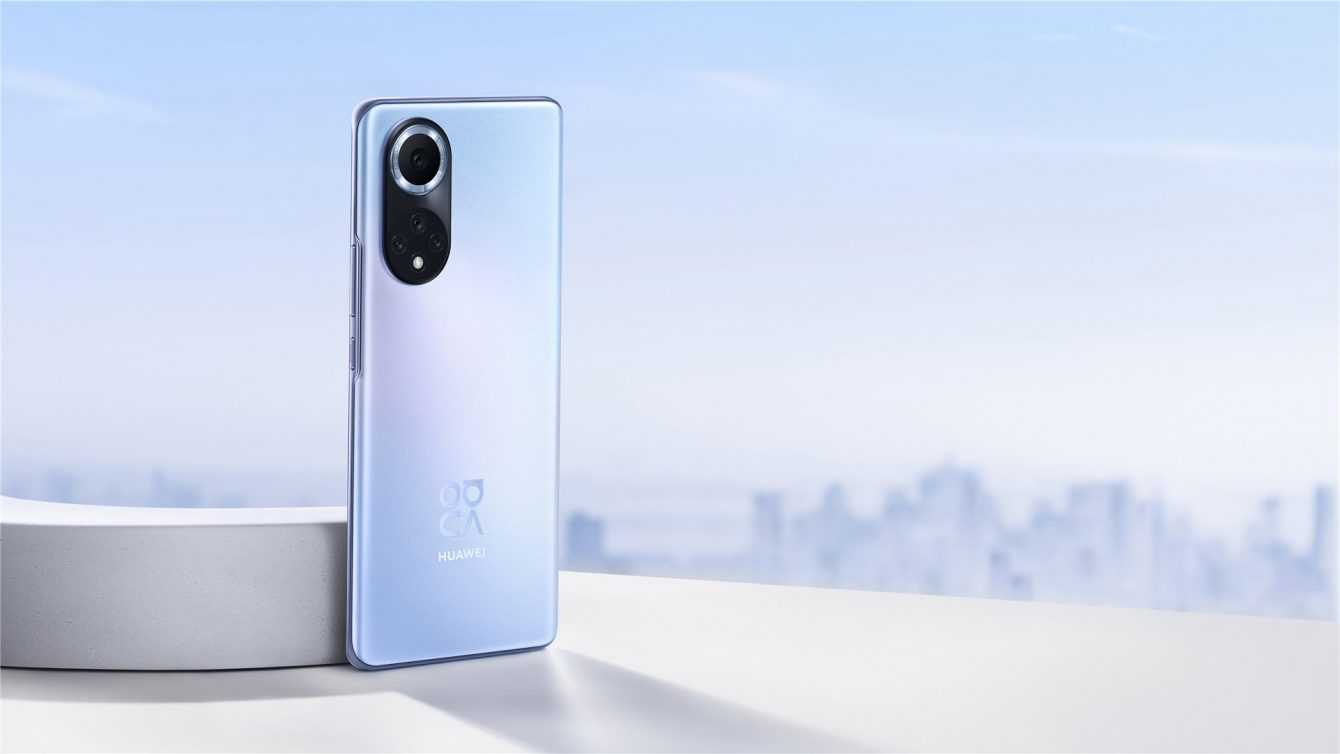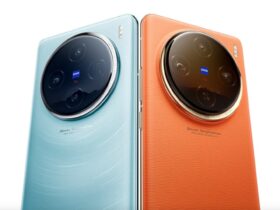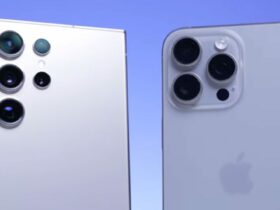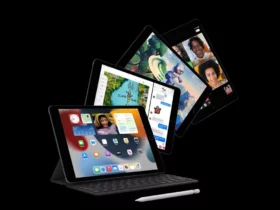From the moment of their first appearance, dated 2007, smartphones have forever changed our habits, becoming protagonists in everyday life.
And every year, manufacturing companies launch more and more innovative devices, attracting the attention of users of all ages, backgrounds and needs. Gone are the days when cell phones were reserved only for the elite. Prices also favor the success of smartphones, given that first-rate models are flanked by other really cheap ones. But what future awaits smartphones?
Mobile imaging e computing photography
One of the elements on which the attention of the engineers engaged in the design of new smartphone models seems to be focused is the photographic sector. The ability to process images, combined with the performing work of the software, are carving out an increasingly important role. Improvements in this area would lead smartphones to replace cameras, guaranteeing the same quality.
Smartphone flessibili
An innovation that, in all likelihood, will revolutionize the world of smartphones, is represented by flexible devices. For some months the market has welcomed some models equipped with a folding screen. The first findings are positive, given the absence of particular critical issues. In any case, we must remember how being able to fold an entire device, and not just the display, is inevitably more complicated. To date, the road has been traced by prototypes: the results nevertheless appear to be encouraging. What is certain is that a flexible smartphone would give the owner a considerable number of advantages, primarily easier use. You can also check Huawei’s official page to learn more about the latest smartphones.
Long-lasting batteries: the technologies that await us
Speaking of battery life, on average, smartphones perform at their best within 200 charging cycles, then gradually decreasing. Now, using the phone daily to make calls for up to 2 hours, take advantage of data traffic for 2 or 3 hours and use the messaging apps, you can wait between 24 and 48 hours before recharging. Alternatives to lithium-ion batteries are not yet available, but ideas are not lacking. Some researchers believe solar recharging is a viable path; it would be a technology that is both easily accessible and, above all, clean. Others, however, are convinced that in the future it will be possible to recharge the smartphone using the same Wi-Fi signal used today to connect to the internet. Should this second alternative actually become a reality, the chargers (with or without cables) would only become a distant memory.
















Leave a Reply
View Comments